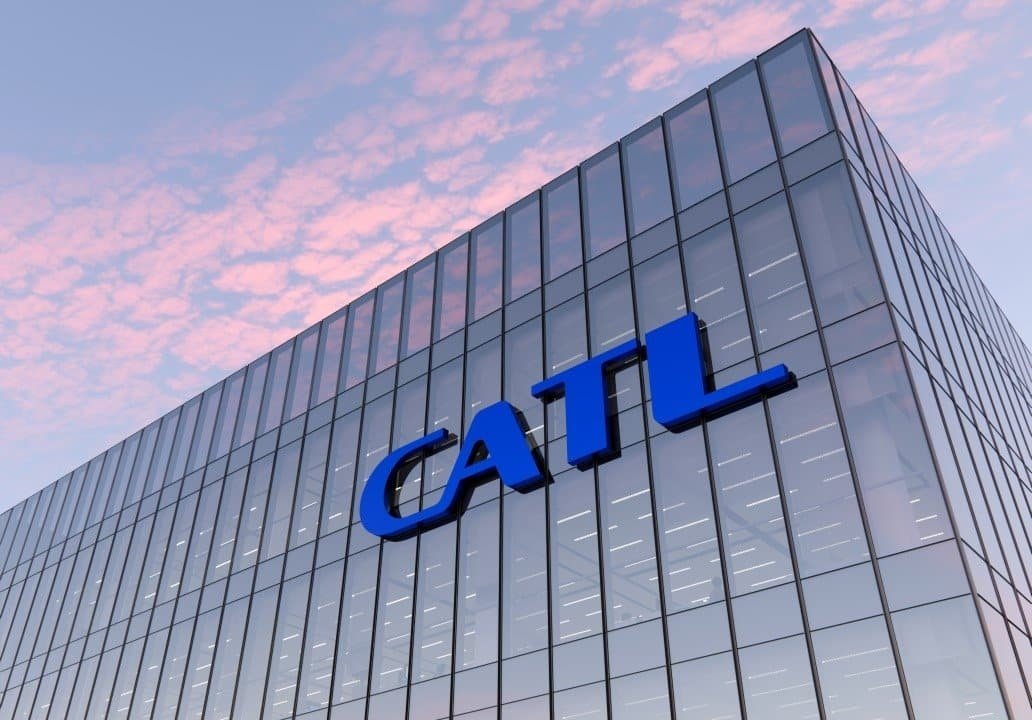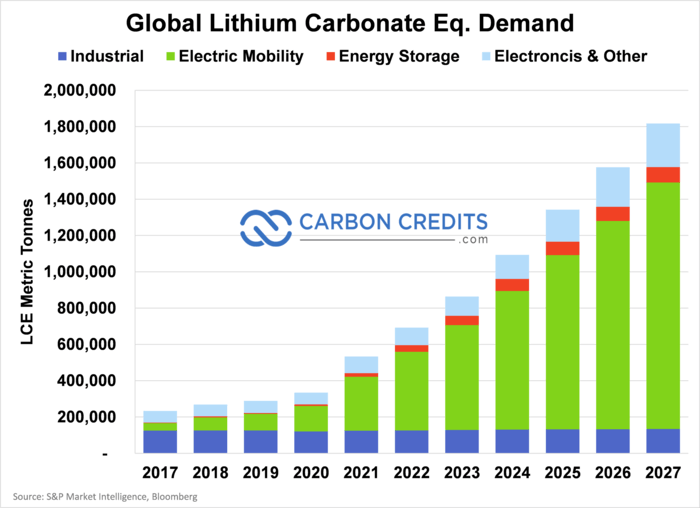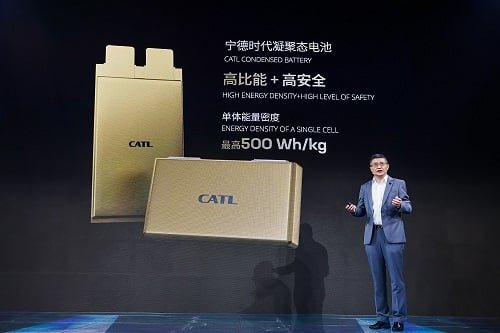CATL (Contemporary Amperex Technology), the global leader in EV batteries with a commanding 38% market share, has just achieved a major milestone. They successfully flew a 4T plane using their cutting-edge, ultra-high density “condensed batteries”. They are now setting their sights even higher, aiming to have an 8T electric plane with a range of 2,000 to 3,000 km (1,240-1,865 miles) ready for takeoff within 2027-2028.
CATL’s Condensed Battery to Fly Futuristic Electric Planes
The debut of the “Condensed Battery” at the Shanghai Auto Show last year’s April signaled that CATL has something huge in its plan. Dr. Robin Zeng, chairman and CEO of CATL, at the 15th World Economic Forum Annual Meeting, held in China’s Dalian city said,
“Players in the battery industry should compete on technology advancement, safety, reliability, delivering value that will accelerate the energy transition and secure our green future.”
Following this, he confirmed that electric aircraft of the future will utilize the high-density condensed battery. He noted the battery’s capability for long-range flights, making it suitable for private and business jets. The batteries will have an energy density of up to 500 Wh/kg in a single cell. This is 2x of average EV. Furthermore, the battery giant has collaborated Commercial Aircraft Corporation of China (COMAC) to advance toward electrification of the aviation industry.
A special message from Li-FT Power Ltd. (TSX-V: LIFT | US: LIFFF)
Learn more about Li-Ft and their lithium projects >>
The Dominance of CATL in the EV Battery Game
Meanwhile, according to SNE Research, CATL maintains its dominance in the EV battery market. It says,
- The total global EV battery consumption volume in 2023 reached 705.5 GWh, with a year-on-year growth of 38.6%.
From Ford to Tesla, BMW, Mercedes-Benz, etc. nearly every major car manufacturer relies on CATL’s innovative batteries. CATL is boosting growth by adding two more overseas plants. This expands their planned facilities in Germany, Thailand, Hungary, Indonesia, and two in the US with Ford and Tesla.
Dr. Zeng says, “Safety is a top priority for CATL.”
Well, one of the reasons behind CATL’s market dominance is its rigorous safety standards. He emphasized the goal of improving the cell defect rate to one in a billion (PPB), which is to surpass the Six Sigma standard of one in a million (PPM).
Speaking at the “Not Losing Momentum on the Energy Transition” session on June 25, Dr. Zeng stressed that competition should span a product’s entire life cycle, not just focus on price cuts. He explained that comparing similarly priced products with different life cycle performances shows CATL’s batteries offer better value. Their lower cost/cycle and superior performance make them stand out.
Dr. Zeng further added that competing for long-term value is the key to the battery industry’s sustainable energy transition.”
From CATL’S news releases we discovered that, in 2023, CATL invested about 18.4B yuan (~ 2.59B U.S. dollars) in R&D. It led to breakthroughs like TENER, the world’s first mass-producible energy storage system with zero degradation in the first 5 years, and Shenxing PLUS, the world’s first LFP battery achieving a range over 1,000 km with 4C superfast charging.
Prioritizing Safety, Sustainability, and Recycling of Condensed Batteries
CATL manufactures battery materials including lithium salts, precursors, and cathode materials. It also recycles metals such as nickel, cobalt, manganese, lithium, phosphorus, and iron from waste batteries. These materials undergo processing and purification and are then used for battery production. Additionally, the company invests in and operates lithium, nickel, cobalt, and phosphorus resources to secure key materials for battery manufacturing.
Professor Ni Jun, Chief Manufacturing Officer of CATL, emphasized the critical importance of designing batteries with recyclability in mind. He noted,
“CATL has adopted a zero-carbon strategy to prioritize using reusable and renewable materials and facilitate recycling. In 2023, CATL recycled 100,000 tons of used batteries to produce 13,000 tons of lithium carbonate.”
Additionally, Zeng also unveiled plans for next-gen sodium-ion batteries, which promise lower costs, longer life, and better cold performance. These are expected to launch in the next year. He firmly believes in his vision of sustainable aviation and thus expressed himself by saying,
“This technology is a game-changer for reducing fossil fuel use. Airplanes are significant polluters, and as battery tech improves, so will their ranges. I look forward to a future of travel powered by renewable energy.”
Media reports say that an 8T aircraft might seem small compared to a 31-ton Boeing 737 or a 41-ton Airbus A320. However, it is comparable to a Learjet 70/75, which weighs just over 7 tons and carries nine passengers. This seems to be the market CATL is targeting.
However, higher energy density increases the risk of thermal runaway. At 500 Wh/kg, safety must be CATL’s top priority. To overcome this challenge, the company will keep safety testing at the topmost priority to ensure flawless service in the coming years.
Until then, let’s wait for further exciting developments on CATL’s electric plane mission.



